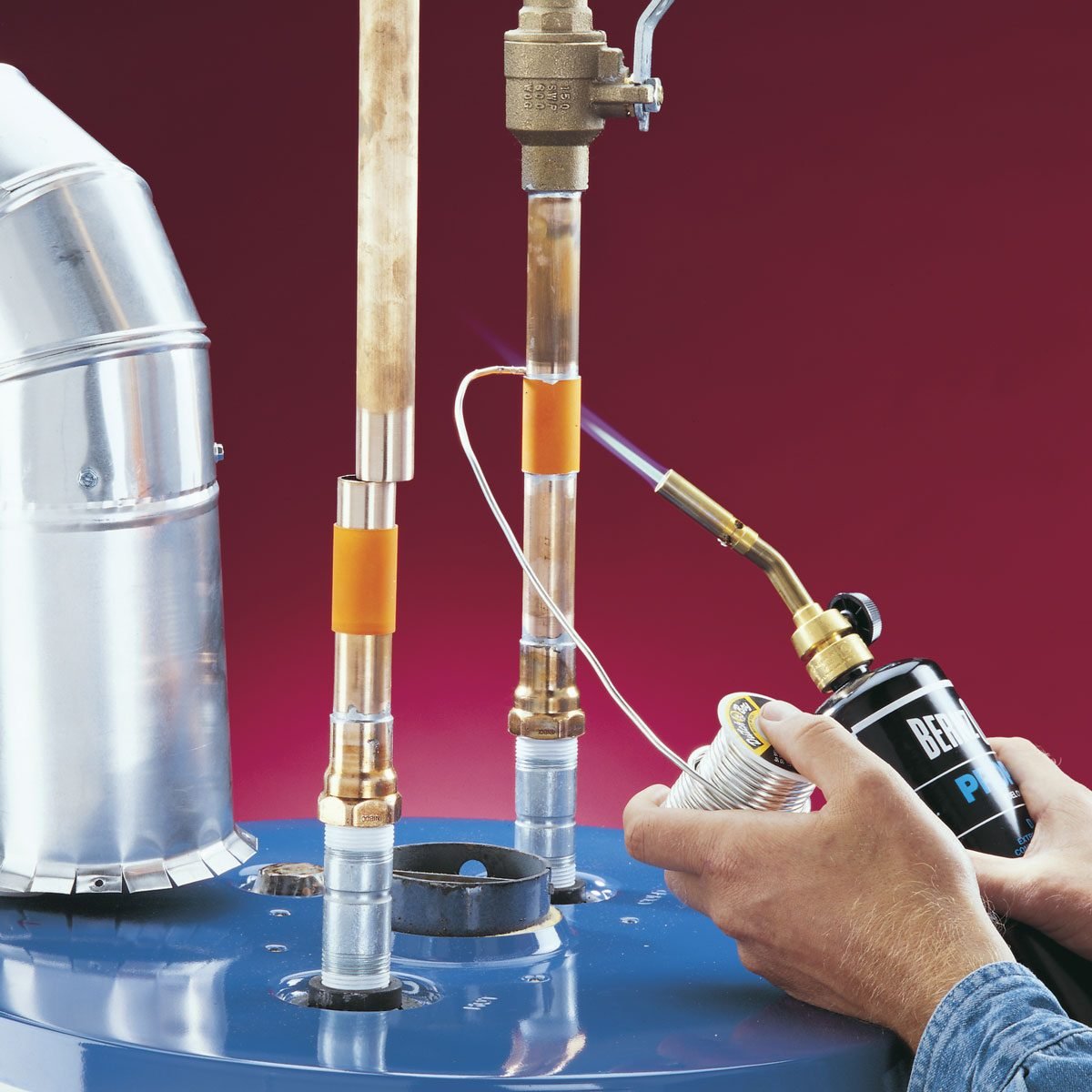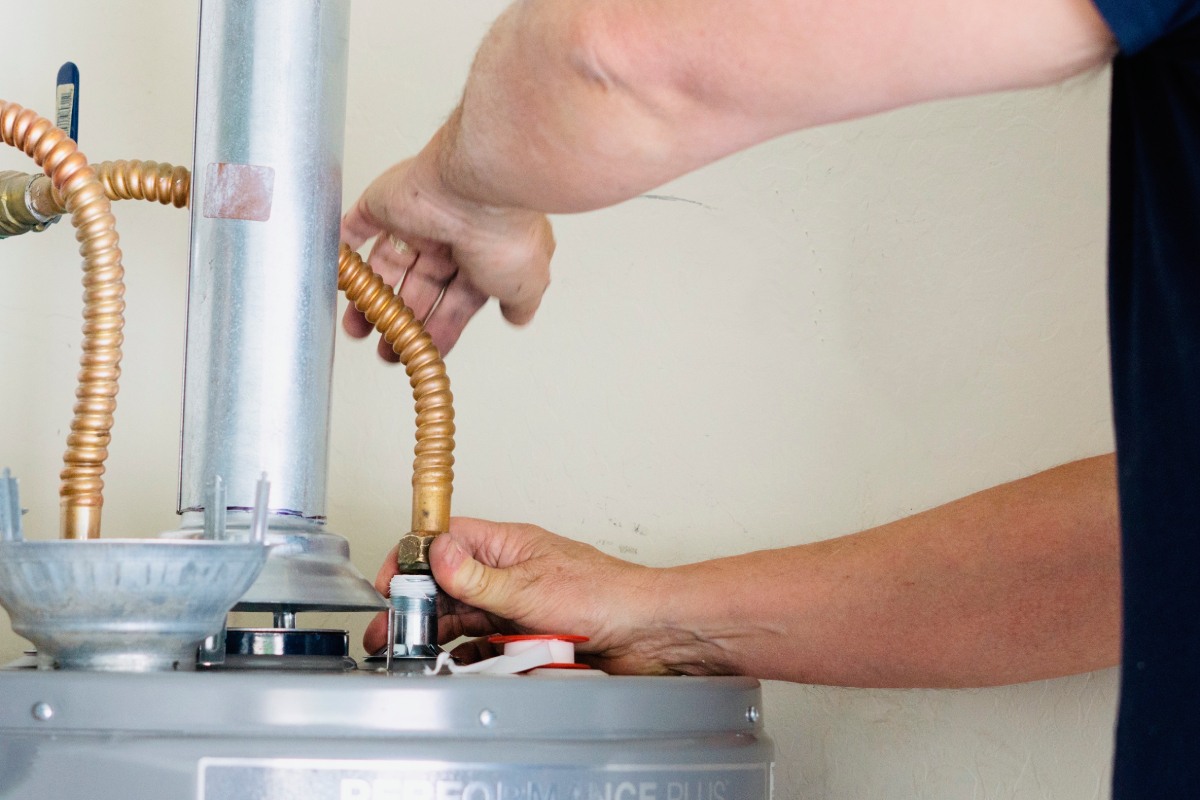Water heater installation in Brea made easy with expert technicians
Water heater installation in Brea made easy with expert technicians
Blog Article
The Ultimate Guide to Safe and Effective Water Heating System Setup
The installation of a water heating system is a critical task that requires careful focus to detail and adherence to safety and security standards. As we check out the crucial components of a successful installation, it's essential to consider the prospective risks that could emerge if not approached with treatment.
Picking the Right Hot Water Heater
When selecting a water heating system, homeowners have to consider a number of essential aspects to make certain optimal efficiency and effectiveness. The first consideration is the sort of water heating system, which usually consists of tankless, storage container, warm pump, and solar models. Each type has its own advantages and negative aspects, affecting power consumption, recovery rates, and setup demands.
Next, it is crucial to analyze the dimension or capacity of the water heater. This depends upon the home's warm water need, which can differ based on the variety of occupants and their use patterns. An unit that is too little will result in poor warm water supply, while a large system may waste power.
Energy efficiency is one more important element. Home owners must look for devices with high energy factor (EF) ratings, as these indicate better effectiveness and lower operating expense gradually. In addition, the gas resource-- electrical energy, natural gas, or lp-- will influence both installment expenses and ongoing costs.
Getting Ready For Setup
Appropriate prep work is essential for an effective hot water heater installation, and there are numerous essential actions property owners need to comply with. Analyze the setup location to guarantee it complies with regional building codes and safety regulations. This consists of monitoring for sufficient air flow, clearance area, and availability for upkeep.
Next, turn off the water system and power or gas to the existing water heater to prevent any type of crashes throughout the installation process. Drain the old device completely to prevent any spills, and detach it from the plumbing and power sources.
Additionally, gather relevant documentation such as warranties, installation manuals, and neighborhood plumbing codes to make sure conformity. This is also the moment to identify if any upgrades are needed for pipes or electric systems to accommodate the brand-new unit.
Lastly, think about alerting your next-door neighbors if the installation could trigger disruptions, and make sure that animals and children are kept clear of the workplace. By taking these primary steps, property owners can facilitate a smoother installation process, decreasing prospective hold-ups and issues.
Tools and Materials Needed
An efficient toolkit is important for a successful water heating unit setup. Having the right devices and products on hand not only enhances the procedure however additionally guarantees safety and security and compliance with local codes.
First, collect fundamental hand devices, including a pipeline wrench, adjustable wrench, screwdrivers (both flat and Phillips), pliers, and an energy knife. These will certainly help in getting rid of old installations and securing new links. A drill with ideal little bits may be required for protecting the water and mounting heater.
Next, ensure you have plumbing supplies such as Teflon tape, pipe installations, and versatile hoses for connecting water lines. have a peek here For gas water heating units, a gas line port and a pipe joint substance are essential. Take into consideration also having a level to guarantee appropriate placement.
Safety tools need to not be neglected; handwear covers and security goggles safeguard against possible threats. Finally, confirm the schedule of necessary materials like a new hot water heater, growth tank (if needed), and any extra insulation or airing vent elements.
Step-by-Step Setup Process

Next, prepare the new hot water heater by placing it in the assigned location, guaranteeing it is level and stable. Attach the cold water supply line to the inlet and the warm water line to the electrical outlet, utilizing suitable installations. For gas heaters, ensure the gas line is correctly linked which all fittings are safe and secure.
Once the plumbing connections are established, attach the power supply. For electric heating units, this entails circuitry the device to the electric panel, adhering to neighborhood codes. For gas devices, make sure to install a venting system that meets safety and security requirements.

Safety Tips and Best Practices
Ensuring safety during water heater setup is extremely important to stop crashes and make certain a smooth procedure. Transform off the power supply or gas line to the existing device before beginning any type of work. This will reduce the risk of electrical shock or gas leakages. Furthermore, it is important to use appropriate individual protective tools (PPE), such as handwear covers and security goggles, to guard versus possible risks.
Prior to installation, inspect the location for any signs of water damage, mold, or architectural concerns that may present threats during or after the installation procedure. Make sure that the installation follows local building codes and manufacturer standards to avoid future responsibilities. water heater. It is suggested to have a fire extinguisher close by, especially when working with gas systems
Throughout the setup, preserve correct ventilation to stop gas build-up. By adhering to these safety and security ideas and finest practices, you can ensure an effective water heating read review system installment.
Conclusion
In final thought, successful installment of a water heating unit needs thorough planning and adherence to safety and security procedures. For those lacking experience, employing the services of a qualified specialist is advisable to check this guarantee ideal safety and security and performance of the water home heating system.
Ensure the water supply is transformed off and the existing water heating unit is separated. Connect the chilly water supply line to the inlet and the warm water line to the electrical outlet, using appropriate installations.Ensuring safety and security during water heating unit installation is paramount to protect against crashes and guarantee a smooth procedure.Before installation, evaluate the location for any kind of signs of water damage, mold, or architectural concerns that may position risks during or after the installation process. By adhering to these safety suggestions and finest methods, you can make certain an effective water heater installation.
Report this page